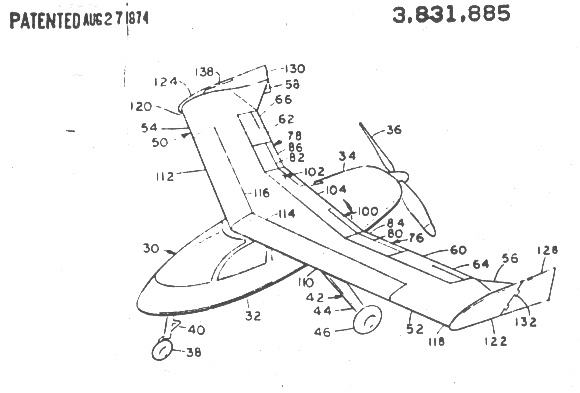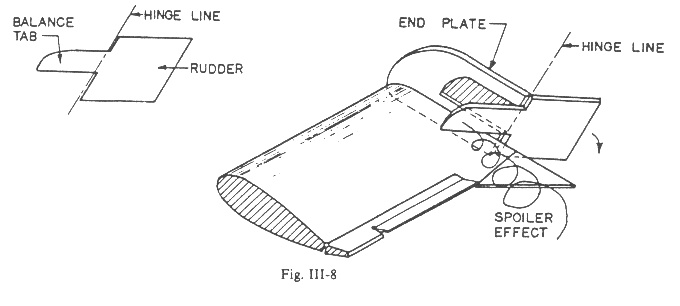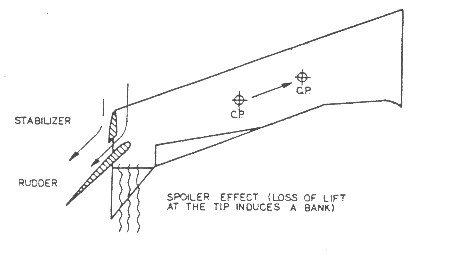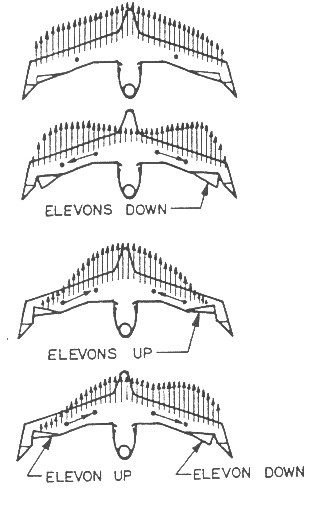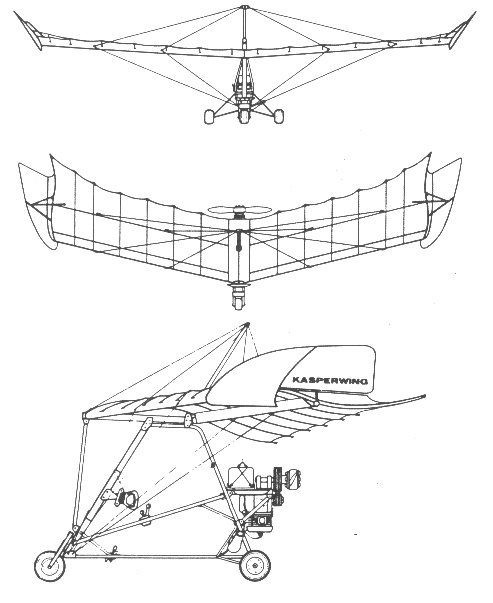 |
Undercarriage has three wheels in tricycle formation; no suspension on any wheels. Push-right to-left nosewheel steering independent from yaw control. No brakes. Aluminium-tube framework with optional pod. Engine mounted below wing driving pusher propeller. Dacron used for covering wing and underside of mid-chord spar. The Kasperwing 1-80 was designed by W. Kasper in collaboration with Steve Grossruck and the prototype constructed in 1976. The Kasper effect allows the 1-80 to make vertical approach to landing while remaining stable in all three axes during a descent at 160ft/min. with a 154 lb. pilot. It has a twin spar wing, each wing having six ribs folded into a flattened 'S' shape to give a stable profile. The Kasper can be summarized as twin rudders carried on tripod struts at the extremity of each wing in such a way that the rudders are also used as vortex generators and as air brakes. Powered by Zenoah G25B, 25 hp. engine with a max cruise speed of 45 mph. Length 10', span 35', chord 5.6', height 11' and total wing area of 180 sq. ft. Source: Cascade Ultralites 1983 promotional brochure. |
